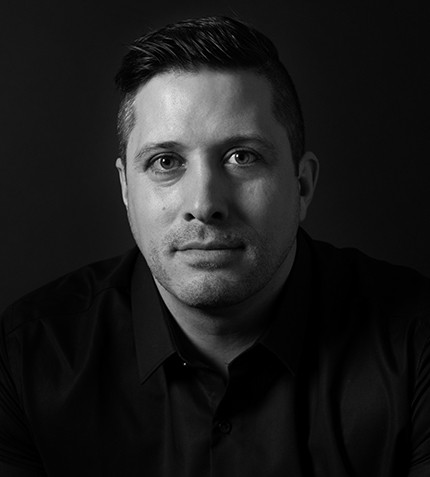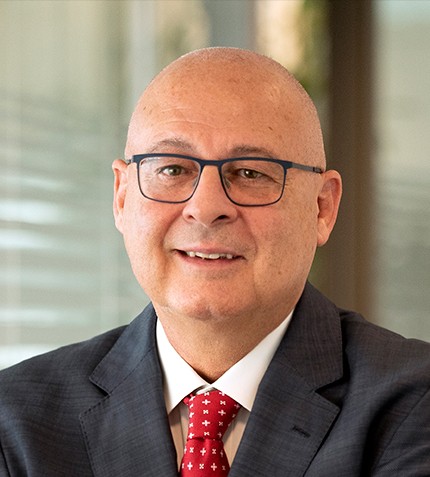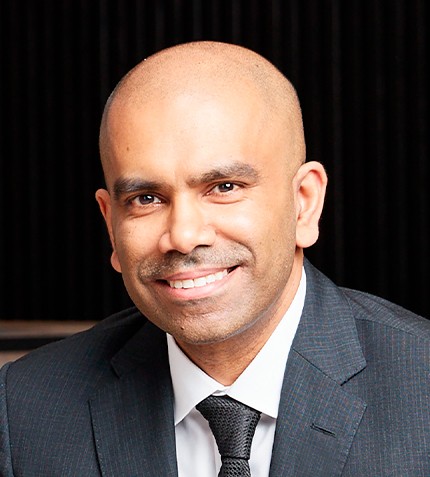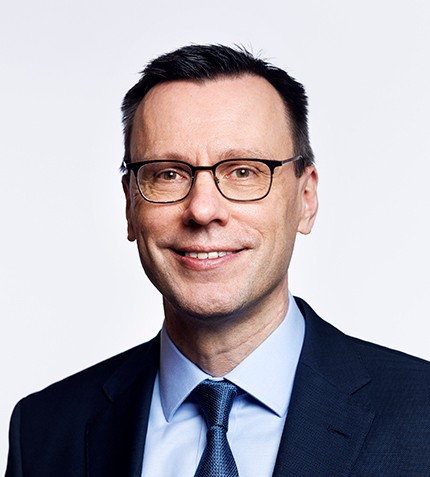
"The PEA outlines a very strong base case for a significant and highly profitable new gold mine in Québec. It provides a robust assessment for developing Windfall as a 3,100 tonne per day underground mine with a central processing mill at site."
Mathieu Savard
PRESIDENT, OSISKO MINING
How has Osisko Mining evolved?
In 2015 (one year after the sale of the Canadian Malartic mine to Agnico Eagle and Yamana for C$4.3 billion), the new Osisko Mining was created to continue where the first Osisko left off. Following a succession of deals, we initiated a 50,000 m drill program at Windfall, and following the consistent and exceptional results, the program was increased to 1.5 million m, making Windfall the fastest advancing project in Canada and probably globally. Last time we spoke with GBR, Osisko sat at 3.1 million oz gold, and now our most recent resource estimate brings Windfall to 6.1 million oz and still growing. Windfall is now firmly in the “World-Class” category (over 5 million ounces, over 8 g/t Au average grade) of high-grade gold deposits in size and grade. This growth comes from the significant results we’ve had in the expansion of the Lynx zones that now represent over 60% of the resource base. Our recent highly positive preliminary economic assessment (PEA) results – which we believe are conservative – give good insight into what Windfall could become in the near future.
What did the recent PEA on Windfall reveal about the economics of the project?
The PEA outlines a very strong base case for a significant and highly profitable new gold mine in Québec. It provides a robust assessment for developing Windfall as a 3,100 tonne per day underground mine with a central processing mill at site. During the first 7 years of full production Windfall is projected to produce an average of 300,000 oz Au per year at 8.1 g/t Au average diluted grade, with peak production of 328,000 oz Au in year six. Assuming US$1,500/oz Au, the project's pre-tax IRR is 50.6% and pre-tax NPV is C$2.6 billion; after-tax NPV is C$1.5 billion, and after-tax IRR is 39.3%. The after-tax payback period is 2.2 years from start of production, with a low all-in sustaining cost (AISC) of US$610/oz Au. The initial capex is estimated at C$544 million and envisions the creation of 600 direct and indirect jobs during operation and 500 jobs during construction. These are strong numbers, and we believe they will continue to improve as we complete our work and full feasibility study. Bear in mind that most of the published resource is located within the first 1,200 meters of vertical depth, and that to date, mineralization has been traced down as far as 2,600 meters of vertical depth. Windfall has a bright future ahead with strong upside potential.
What are the characteristics of Windfall that make it an attractive project?
Being in Québec provides a safe geopolitical base with predictable laws and regulations, the availability of financial incentives, and firm support by the government and population. Windfall is located on the traditional lands of the Cree community of Waswanipi, who along with the Cree First Nation Government have shown strong support for the project. We have a large contingent of workers on the Windfall project from the First Nation communities, and we are working hard to be a role model for natural resource development with our Cree partners.
Do you have a final message for the readers of Global Business Reports?
We will complete our major 1.5 million meter drill program this fall, just a few months from now, and expect to have our mineral resource estimate update out by Christmas. This will support the feasibility study in early 2022. In the meantime, we are optimizing the capital program and operating plans as we advance our goal to move the project to first production in 2024. Our management team has a strong track record of delivering value for shareholders and stakeholders, and we believe that Windfall will soon be the second world-class deposit that we put into production in Québec. And we don’t expect it to be our last.










